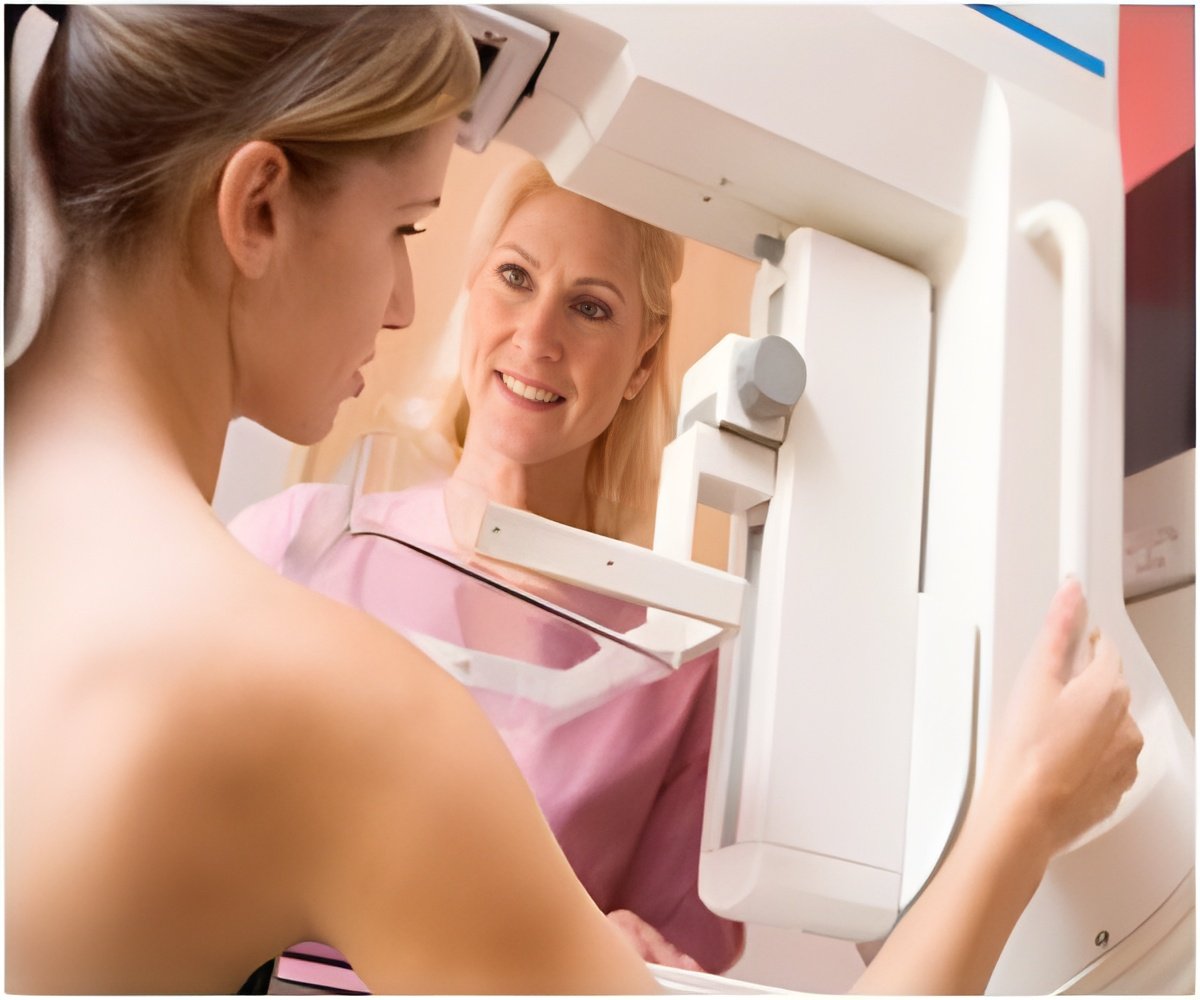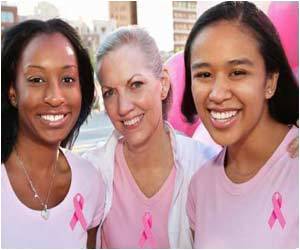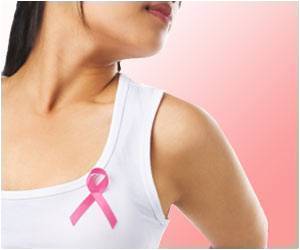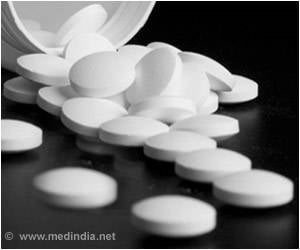
Finston passionately talks about the experimental Amrita Breast Cancer Device (ABCD), created by Chakrabarty, and how it has what it takes to deliver locally targeted cancer therapy to the tumour.
"Our therapeutic approach may provide an important alternative or adjunct to surgery, radiation or chemotherapies that is designed to be non-toxic to healthy cells/tissues in the body," said Finston, who co-founded Ahmedabad (India)-based Amrita Therapeutics, with Chakrabarty, in an interview to Hi India newspaper here.
Dividing time between Washington and Ahmedabad, Finston has recently embarked on the independent funding platform Indiegogo where individuals invest modest amounts of money in various projects.
Excerpts from the interview:
Q: Describe Amrita's breast cancer device in a manner that a lay cancer patient can understand.
Advertisement
Q: At what stage are you in terms of pre-clinical data? When do you intend completing pre-clinical trials?
Advertisement
Q: Who has developed the device? What is its genesis?
A: Chakrabarty was inspired to invent the ABCD after learning of a patient whose cancer was kept in check - accidentally - through a catheter inserted adjacent to a cancer tumour for a totally different purpose. Ananda then invented the ABCD as a way to deliver safe and locally targeted cancer therapy though use of a drug-eluting device.
Q: What makes you think that your device has the potential to revolutionize cancer therapy?
A: ABCD can revolutionise cancer therapy by being the first of its kind. As mentioned, there is no drug-eluting device that is used for breast or other cancer therapy. For the last century, breast cancer patients have had to rely on disfiguring surgery, radiation and/or chemotherapies - carrying substantial health risks and possible side-effects as debilitating as the cancer itself.
In contrast, ABCD represents a revolutionary advance for breast cancer patients as a meaningful adjunct or alternative to surgery, radiation and chemotherapies, using well-understood drug-eluting stent technologies re-purposed for oncology therapy and using anti-cancer weapons with demonstrated effectiveness.
Q: What kind of challenges do you anticipate before you reach the FDA?
A: There are natural challenges associated with bringing the first device of its kind to the patient. We are engaging early on with FDA regulators on both the device and drug side of the house to ensure that we understand the evolving regulatory roadmap and have the smoothest possible transition from pre-clinical to clinical research.
Q: Are you looking at something akin to a stent?
A: That is exactly right - we are using drug-eluting technologies to deliver effective anti-cancer therapy by inserting the ABCD adjacent to the tumour site. It may be used as an adjunct to surgery, radiation and chemotherapies.
Q: When you speak of minimizing the invasiveness of chemotherapy are you talking in terms of inserting this device with some kind of coating the way a stent has?
A: Exactly right - the drug-eluting device delivers the cancer therapy to the tumour site.
Q: From this point to your device being available for regular use by cancer patients, what kind of time frame are you talking about?
A: We would hope to be able to start clinical trials with cancer patients within 12-18 months from completion of pre-clinical trials. Then it will depend on whether it may be possible to gain FDA support for priority consideration based on early clinical experiences.
Q: Do you have the best case scenario pricing in mind for your device?
A: We are hoping that this can be a low-cost medical device to bring cancer therapy to the average patient and cost should not be a barrier to access, all things considered.
(Mayank Chhaya can be contacted at [email protected])
Source-IANS















